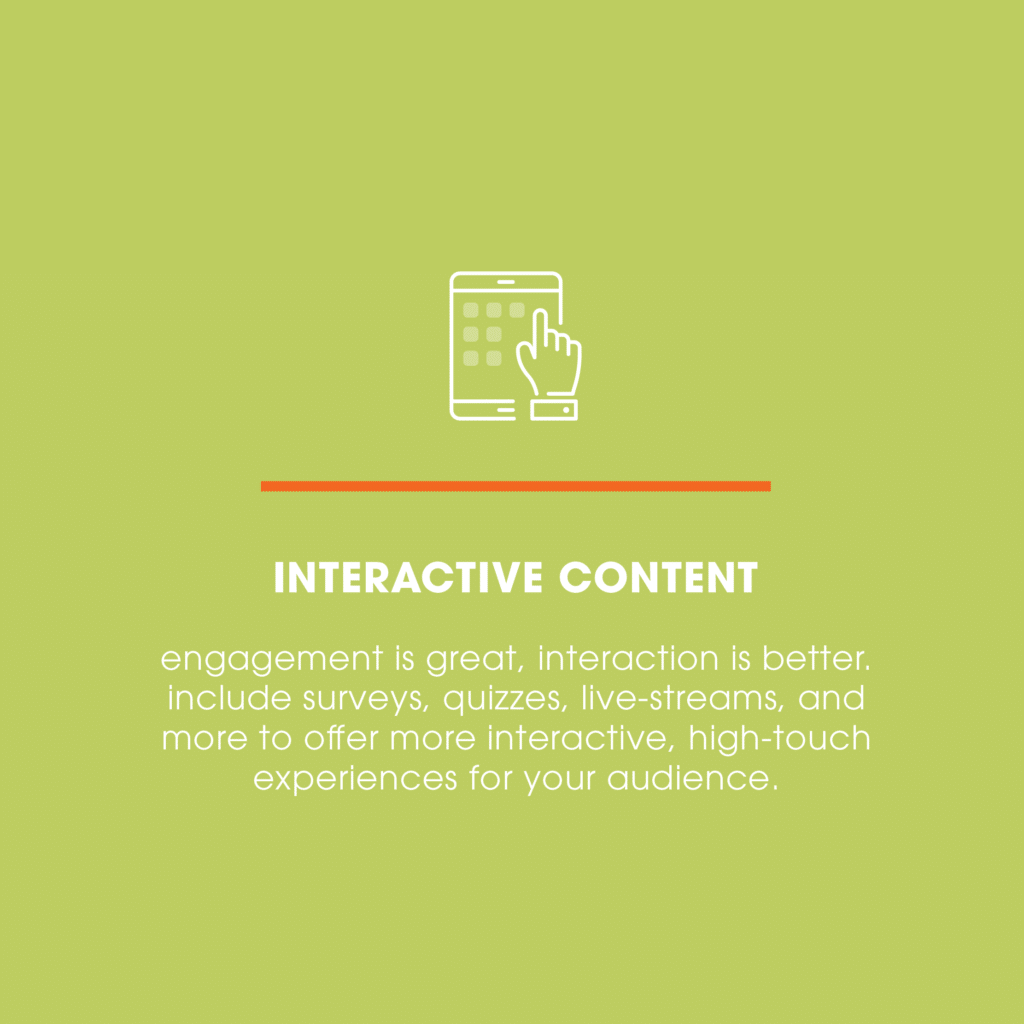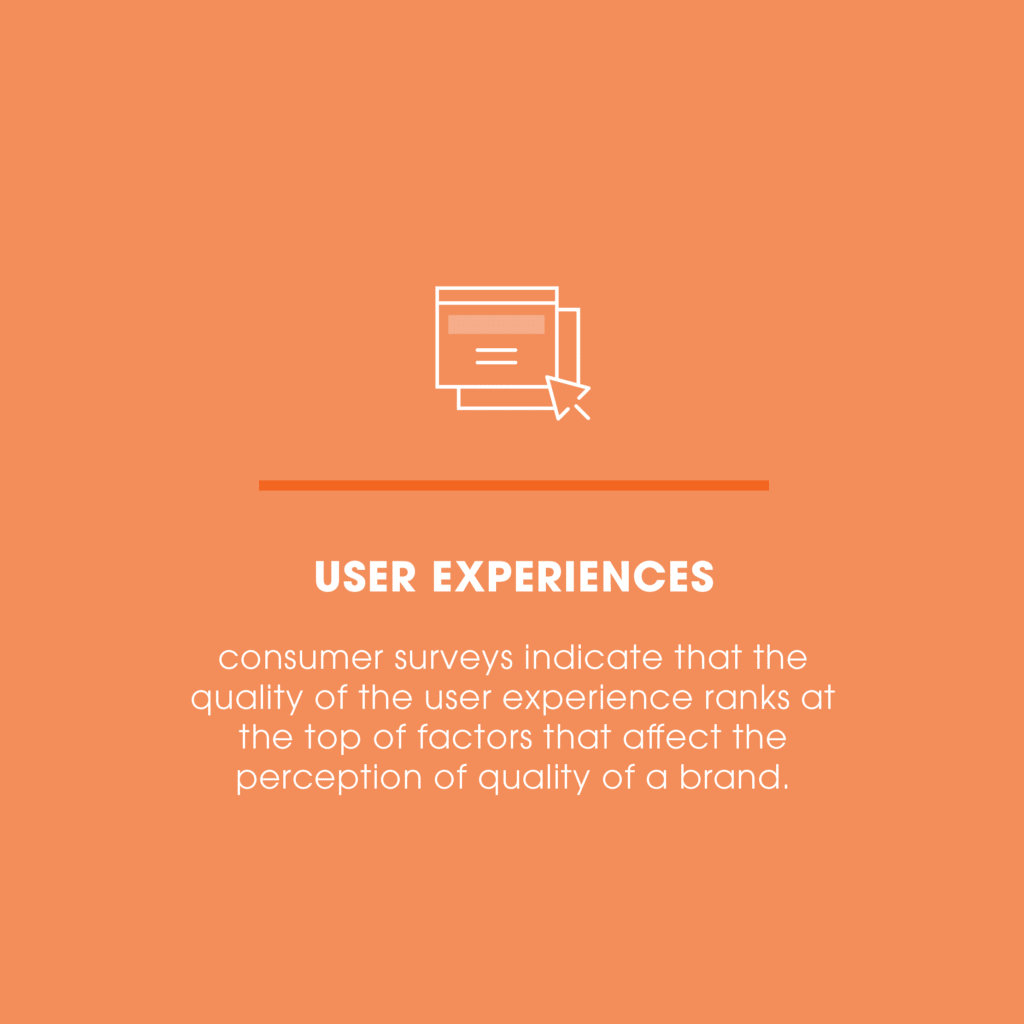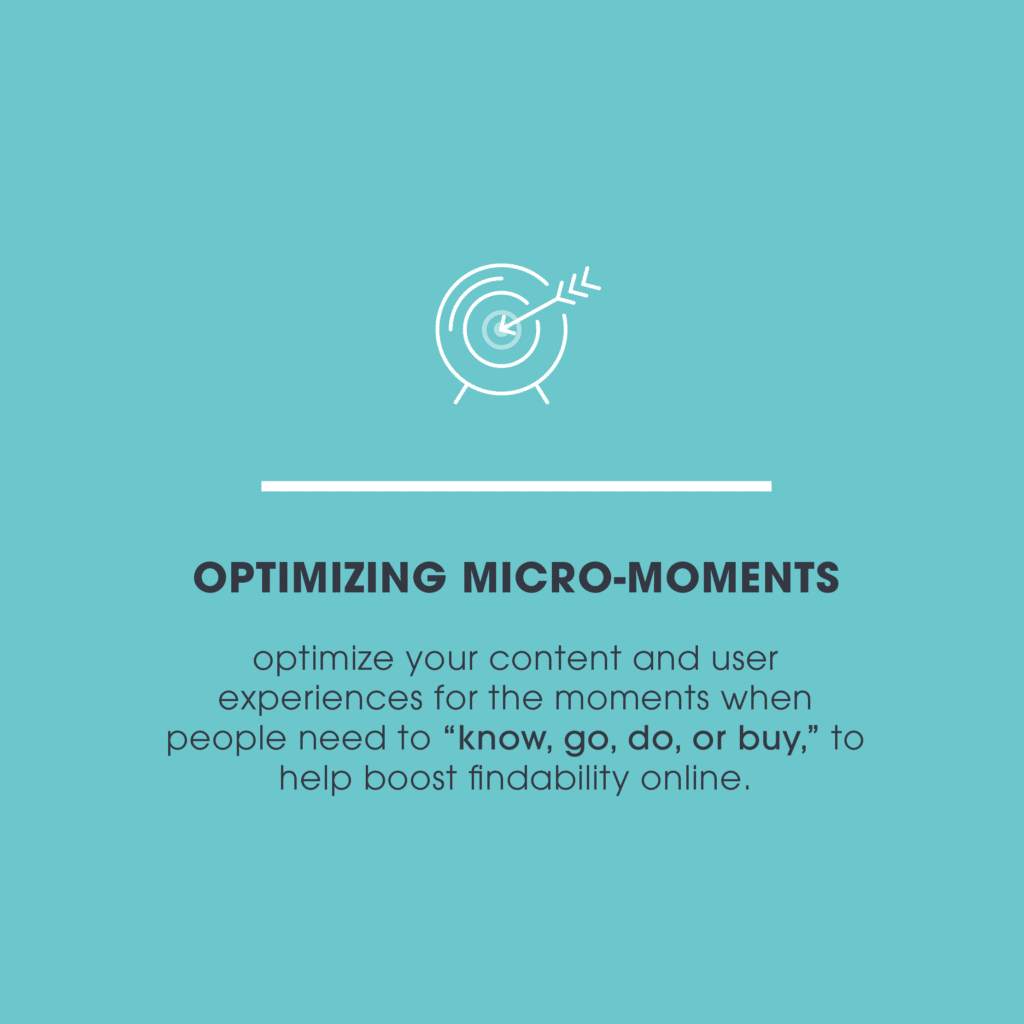Wondering what’s #trending in marketing in 2021? We’re spilling the 10 of the top tactics we plan to use to help our clients move the needle on their marketing goals in 2021. If you’re looking to level up your efforts this year, these marketing efforts are a great place to start.
Conversational Marketing
Gone are the days of stiff and formal brand-speak. Infuse some personality into your communications and prioritize conversational marketing in 2021. How?
- Adjust your tone online and in customer-facing communications to be more relaxed and conversational
- Shorten response times by using things like chat-bots and automation to strengthen communication practices across channels and platforms
Why it matters: Customers are in search of quick responses and information at their fingertips. Conversational marketing facilitates real connections between brands and customers and provides a space for one-on-one personalized interactions with your audience.
Interactive Content
Content consumption is great, but content interaction is even better. Focus on finding ways to create experiences within your content. From live-streams to quizzes, surveys, and more there are tons of tactics you can put into play to get your audience to slow their scroll and give your content a longer look. How?
- Consider implementing gamification tactics in your content and across your platforms
- Offer live stream content with user-focused experiences (chat, Q&A, discussion panels)
- Build content for the way people want to consume it and be sure include text or closed captions on videos for those of us who like to scroll with the sound *off*
Why it Matters: Effective interactive content improves brand experiences for customers and boosts your engagement. Strategically built interactive content can also help you collect data and information you can use to strengthen and improve your marketing initiatives. These tactics can be as simple as polls and questions on social media or quizzes, games, price calculators and more on your website.

Video. Video. Video.
We’ll say it again for the people in the back. Video content is where it’s at. If you haven’t found ways to incorporate video into your marketing activities yet, what are you waiting for? Here’s where to start
- Prioritize creating short concise videos and sound clips – pack them with the relevant “must have” information
- Remember, people don’t want to read long-form sales pages for information, package it up and deliver it to them in an easy to consume format
- Use video as the basis for robust content initiatives and use the video to feed all the parts of your campaign. Example: turn video audio to into text for articles and site copy, make shorter video snippets for social or email marketing, use video clips for ads, pull audio clips for podcasts)
Why it matters: Video performs better in search and converts better on social AND on websites. The emergence of Reels and prioritization of stories and video content by social algorithms shows the power of this content format for increased engagement and user interaction.
Video is some of the best performing content you can create. It will give you the most bang for your buck if you integrate it appropriately throughout your marketing efforts.
The Power of Pinterest
If you are looking to drive targeted traffic into your site at the top levels of your funnel RUN, do not walk, to Pinterest and get started NOW. Their user base continues to grow, up 37% year over year in Q3 2020 and is huge driver of site traffic, specifically for product-based businesses.
Why Pinterest?
- Enhanced search capabilities: You can improve your branded pin performance by optimizing the content you share for the specific audience on that platform
- “Related pins” make it easy for consumers to find tons of the types of content they are looking for and well-optimized pins are more likely to be recommended by the algorithm.
- Known Audience: Pinterest is most relevant with women, and especially Moms. If this is your demographic, show up!
- New “Lens” search functionality allows users to perform visual searches using their photos to locate places to purchase items online – aka these are shoppers primed to convert
Why it Matters: Pinterest is great for helping brands reach a wider audience than branded social accounts through “related pins” and optimized in-platform searches. Pinterest can be a huge driver of traffic into your sites to help feed the top of your funnel and engage new users. If you’re planning to go all in on Pinterest, make sure landing pages and user experiences are optimized for conversions once browsers leave Pinterest. Is it easy for them to buy, contact you, connect with you on social or join your email list? If not, start there.
Email Marketing
Think email marketing is dead? Think again. An email list is one of the only owned audience mechanisms you can carry with you. It’s a direct point of contact to your client base and is the ultimate “permission marketing” tactic. Use some of the tactics mentioned above to level-up your email marketing game in 2021 and don’t forget these optimization hacks:
- Plan ahead: Take the time and build a 2-month drip campaign for new subscribers. Ensure that the content is evergreen, but useful to your target audience. At the end, reward your audience with an exclusive offer, and watch the conversions happen.
- Get Personal: Use your email campaigns to get personal with your audience. The more vulnerable you are, the more trust you will build with them, cultivating a more loyal audience.
- Don’t ‘sell’ on every broadcast, but when you do make sure you’ve given your audience a reason that they should convert. Call out gifts for an upcoming holiday, or items that compliment the coming season, mention recent current events. Understand your audience so you can understand what they’re dealing with that day and let them know how you can help them.
- A/B test your Subject Lines. Don’t overthink it, notice what works and what doesn’t, and keep improving.
- Keep it simple: They don’t all have to be beautiful. A plain text email feels more personal and often converts BETTER than even the most well-designed templates. Offer variety and see what mix fits your audience best.
Email is a 2-way street, but people don’t treat it that way anymore. Ask your audience questions, have conversations, develop insights about who they are and what they are interested in, and you will generate more sales.
Improve Content and Boost SEO
Don’t let your content get lost in the ever-growing sea of white noise on the internet. Prioritize usefulness. Identify your target audience, and learn about them. Who are they, and more importantly, what do they want to know.
How can you become a resource for your customer, rather than a resource for your own company?
Identify 3-4 topics outside of your core service offerings that your customers are interested in and provide useful resources for them. Create digital ‘hubs’ that hold that content, and include strong calls to action to feed the top of your funnel.
Why it matters: As Google continues to prioritize user satisfaction vs. keyword stuffing and link building, this content will provide tons of opportunities to be re-used throughout your digital marketing campaigns and still offer tons of opportunities to drive new, relevant, traffic to your website.
User Experiences
Unfortunately, sleek user interfaces will no longer set your business apart, but consumer surveys indicate that the quality of the user experience ranks at the top of factors that affect the perception of brand quality. Does your digital experience match the quality you’re trying to convey?
2020 pushed a huge portion of the consumer base into interacting with companies digitally. Who’s winning? companies with the best user experience.

Users expect to easily find what they need when interacting with online resources, shopping for products, or engaging with you on digital platforms. Whether we’re talking about content presentation, or the e-commerce customer journey, the User Experience matters.
When it comes to UX optimization, focus on the journey.
- Identify the most common paths that users take when interacting with information on your website.
- Adjust the layout and navigation to optimize for your conversion goals.
- Focus on speed, both in minimizing page load times and in the average time it takes a user to navigate to the content they’re looking for.
- Design the experience such that it is streamlined to find content users are looking for, but intentionally offers additional opportunities for them to explore once they’re there.
Social Commerce and Shoppable Feeds
Another by-product of the strangeness of 2020 is the drastic increase in familiarity with Social Commerce. Facebook, Instagram, and Google all have had robust advertising platforms built around advertising specific products from your “catalog” directly in their users news feed for a few years now, but without the opportunity for customers to speak to sales representatives face to face, a more refined social shopping experience developed.
For retailers, identifying trending products using analytics and social signals, and then promoting photo and video reviews on social media has proven to be effective this holiday season and is likely to continue.
Our Recommendation: Couple your data and insights with Facebook’s Catalog functionality and allow users to shop your best-selling ecommerce offerings without even having to leave the app.
Why it matters: In a time when the opportunity for face-to-face interaction is limited, social media has proven to be a great way for businesses to continue to educate and inform their interested customers.
Optimize for Micro-Moments
If there is a theme for this list so far it’s knowing your audience, and capitalizing on what Google calls “Micro-Moments” is going to fit perfectly within that theme.
Google identifies 4 key points of your customers’ decision-making process, your marketing goals should be to meet them at those points and provide useful and relevant information:

I want to know – anticipate your customers’ questions and produce content that answers them. Become a resource not just for your services, but for several
I want to go – Be there when a customer needs to know where to find your services in their local area, and compile resources for tangentially related local services.
I want to do– Identify actions your target audience is likely to take, and give them instruction and guidance on the best ways to complete them.
I want to buy– Ensure that your products and services are discoverable when your potential customer is ready to make the buying decision.
There are countless ways to approach each of these goals, but we’d suggest using them more as a guideline to frame the way you structure your marketing. When considering a new initiative ask yourself which of the 4 micro-moments the initiative is targeted to, and tailor the execution to match.
Omnichannel Marketing Programs
Are you the ultimate #goalgetter? If so, we suggest combining all the elements above to create a cohesive and robust omnichannel marketing experience.
Identify your target market, find out where they hang out online, then go there and put these tactics into play. Omnichannel marketing efforts increase opportunities for conversions and elevate brand awareness by bringing your brand into conversations on various platforms and across different mediums.
Our Top Tip for Effective Omnichannel Marketing: Present a consistent experience and brand message across all platforms and help users immerse themselves into your brand and your offerings. Nurture them throughout their customer journey and optimize your initiatives for the micro-moments they will encounter.
Keys to crushing your 2021 Marketing Strategy
Your marketing program is an evolving strategy. Try new things, refine and modify your efforts, figure out what works and iterate on that. Stay flexible.
Set Goals and Track Progress:
Build marketing programs and tracking systems optimized for YOUR specific goals. Know the conversions you need and identify mechanisms to track them. Focus efforts across each phase of the customer journey, not just the final steps.
Stay informed:
Keep an eye on emerging trends, new ideas, new approaches and what other people are doing in your space. Find new ways to stand out in crowded, information and content-rich spaces.
Use Data to Drive Decisions:
The numbers don’t lie. Keep up with the data and information generated through your marketing efforts and use it to drive decisions that will help improve conversion opportunities, brand loyalty, and growth across your marketing efforts.
Do What You Love. Outsource the Rest.
Struggling to keep up with working on your business and in your business? We’ve got you covered. Whether you need a content partner, social media poster, or full-on marketing services provider, we’ve got your back. Ready to get started? So are we. Get in touch.
